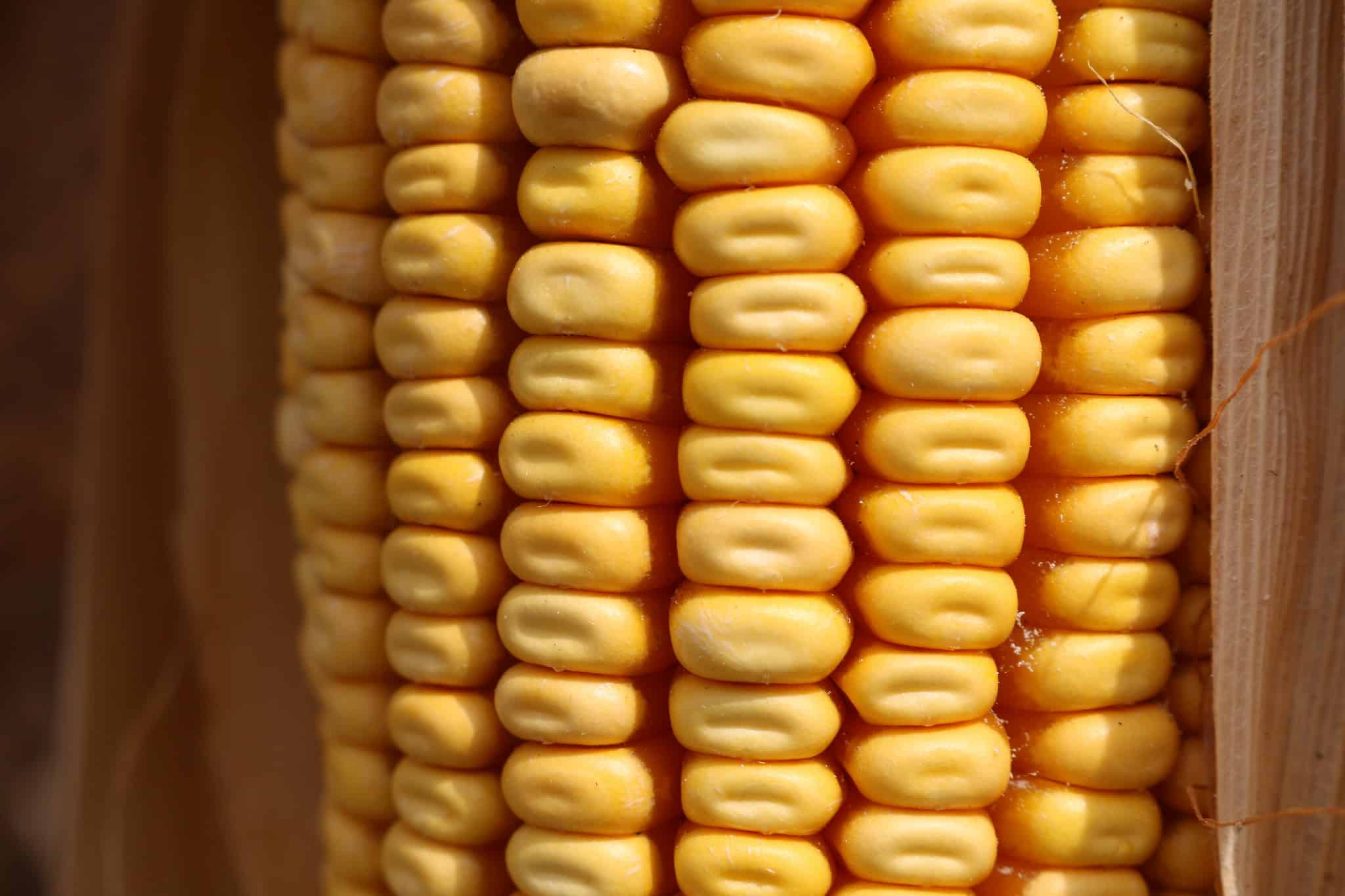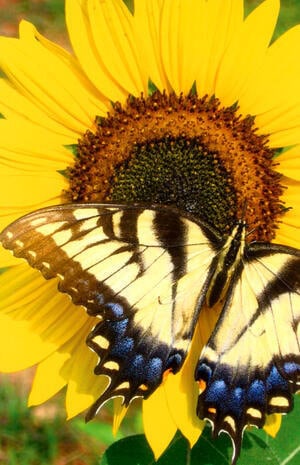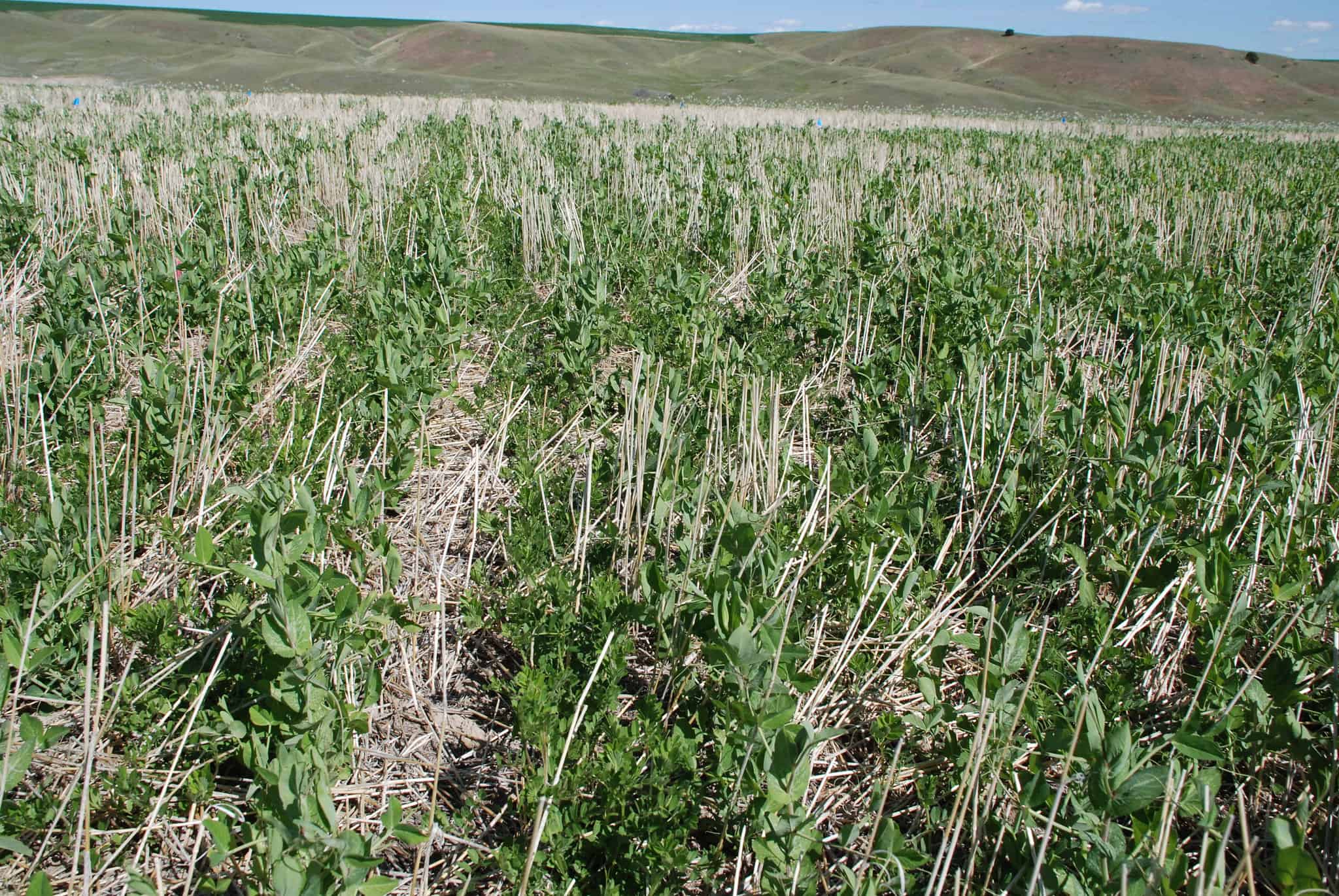Seedcorn Maggot Response to Planting Date, Cover Crops, and Tillage in Organic Corn and Soybean Cropping Systems
Project Director: Karly Regan, Cornell University
Project overview
Seedcorn maggot (Delia platura) is an economically important early-season insect pest of corn and soybean in the United States. Seedcorn maggot larvae develop underground and feed on planted seeds/seedlings before undergoing pupation and emerging from the soil as adult flies. Although several generations of seedcorn maggots can complete a life cycle in a given year, it is the generation that overlaps with corn/soybean planting that poses the largest threat, as early-season larval feeding may lead to delayed seedling emergence, reduced plant populations, and increased risk of losses from soilborne phytopathogens.
Several strategies have emerged for mitigating crop risk from seedcorn maggots. One such strategy is to shift cash crop (i.e. corn, soybean) planting date such that planting occurs after peak larval activity. Several other studies have indicated that there may also be a relationship between seedcorn maggot emergence and cover crop type and termination method (i.e. no-till vs. till), as both cover crop biomass and incorporation of residue into soils can influence seedcorn maggot larvae.
This study assessed the effects of cash crop planting date, cover crop mixture, and tillage on the emergence of seedcorn maggots in Pennsylvania during (1) the transitional period from conventional to organic production, and (2) following organic certification.

Farmer takeaways
- Cash crop planting date (i.e. early vs. late) and tillage practices (i.e. no-till vs. till) should be primary considerations when managing for seedcorn fly emergence in organic production systems, but may vary by year and by cash crop type.
- Additional research is needed to understand how best to time cash crop planting in coordination with other factors (i.e. precipitation, growing degree days (GDD), crop phenology, and soil conditions) so as to minimize seedling growth overlap with the high-risk seedcorn maggot larval growth stage.
Project objectives and approach
Evaluate the impacts of cover crop termination dates and subsequent cash crop planting dates, as well as resulting differences in cover crop biomass accumulation, on the emergence of seedcorn maggots
- A three-year experiment was conducted from 2011 to 2013 at the Russell E. Larson Agricultural Research Center in Pennsylvania (Furnace, PA) during its transition from conventional to organic management. The annual crop rotation during this experiment consisted of: (1) corn, (2) cereal rye cover crop, (3) soybean, (4) winter wheat cover crop, and (5) a hairy vetch-triticale cover crop.
- Winter cover crops were planted in the fall following tillage and terminated in the spring with a roller-crimper before planting corn or soybean no-till into the rolled cover crop at three different planting dates (spaced 7-10 days apart; Early, Middle, and Late).
- Emergence of seedcorn maggots was evaluated, in addition to above-ground cover crop and weed biomass.
Evaluate the impacts of different cover crop mixtures and tillage practices on the emergence of seedcorn maggots in organic corn and soybean rotations
- A three-year experiment was conducted between 2014-2017 immediately following the Agricultural Research Center’s transition from conventional to organic management. The annual crop rotation during this experiment consisted of: (1) corn, (2) soybean, and (3) spelt.
- Crops were managed under 4 cropping systems that differed in cover crop species, cover crop planting date/termination method, manure management, and tillage intensity/frequency:
- System 1: Liquid dairy manure broadcast and tilled following spelt harvest. Winter cover crop mixture of hairy vetch and triticale planted in the fall and terminated in the spring with a roller-crimper into which corn was planted no-till into the residue.
- System 2: No manure applied prior to spelt harvest. Chisel plow used prior to hairy vetch/triticale winter cover crop planting in the fall. Cover crop mowed and tilled in spring prior to corn planting.
- Systems 3 & 4: Red clover cover and timothy cover crop mixture no-till drilled into standing spelt in early spring to allow establishment prior to spelt harvest in August and to create an extended period of cover crop inclusion in the rotation. Cover crops mowed and tilled prior to corn planting.
- Emergence traps were placed on the soil surface 2-3 days after corn planting to capture emerging adult seedcorn maggot flies and assessed/emptied weekly until the first true leaf formation.
Key findings
Cash crop planting date may impact seedcorn fly emergence, with later-season planting dates corresponding with fewer emerging adult flies than early-season planting dates, but varies by cash crop type
- Corn planting date had a significant effect on seedcorn fly emergence, with fewer flies emerging per day in the Late planting date treatment than either the Early or Middle planting date treatments.
- Soybean planting date did not have a significant effect on seedcorn fly emergence, although fly emergence was significantly lower for soybeans than for corn.
- Neither cover crop biomass nor weed biomass had significant relationships with seedcorn fly emergence.
Tillage practices (i.e. no-till vs. till) may have a larger impact on seedcorn fly emergence than cover crop type, with no-till cash crop planting corresponding to lower emergence rates than tilled planting
- In one of the three experimental years (2017), cropping system significantly impacted seedcorn fly emergence, with significantly lower emergence in System 1 (corn no-till planted into rolled hairy vetch/triticale) than Systems 2, 3, or 4 (corn planted following incorporation of cover crops and preparation of seedbed with tillage).
- Cover crop species composition did not have a significant effect on seedcorn fly emergence.
Resources
Regan, K.H., C.A. Voortman, and M.E. Barbercheck. 2024. Seedcorn maggot response to planting date, cover crops, and tillage in organic cropping systems. Journal of Economic Entomology 117:555-563. https://doi.org/10.1093/jee/toae026.
Read MoreLocation
PennsylvaniaCollaborators
Christina Voortman, Penn State University
Mary Barbercheck, Penn State University
Region
Northeast
Topic
Transitioning to Organic, Insect/Pest Management
Category
Grain and Field Crops
Year Published
2024


